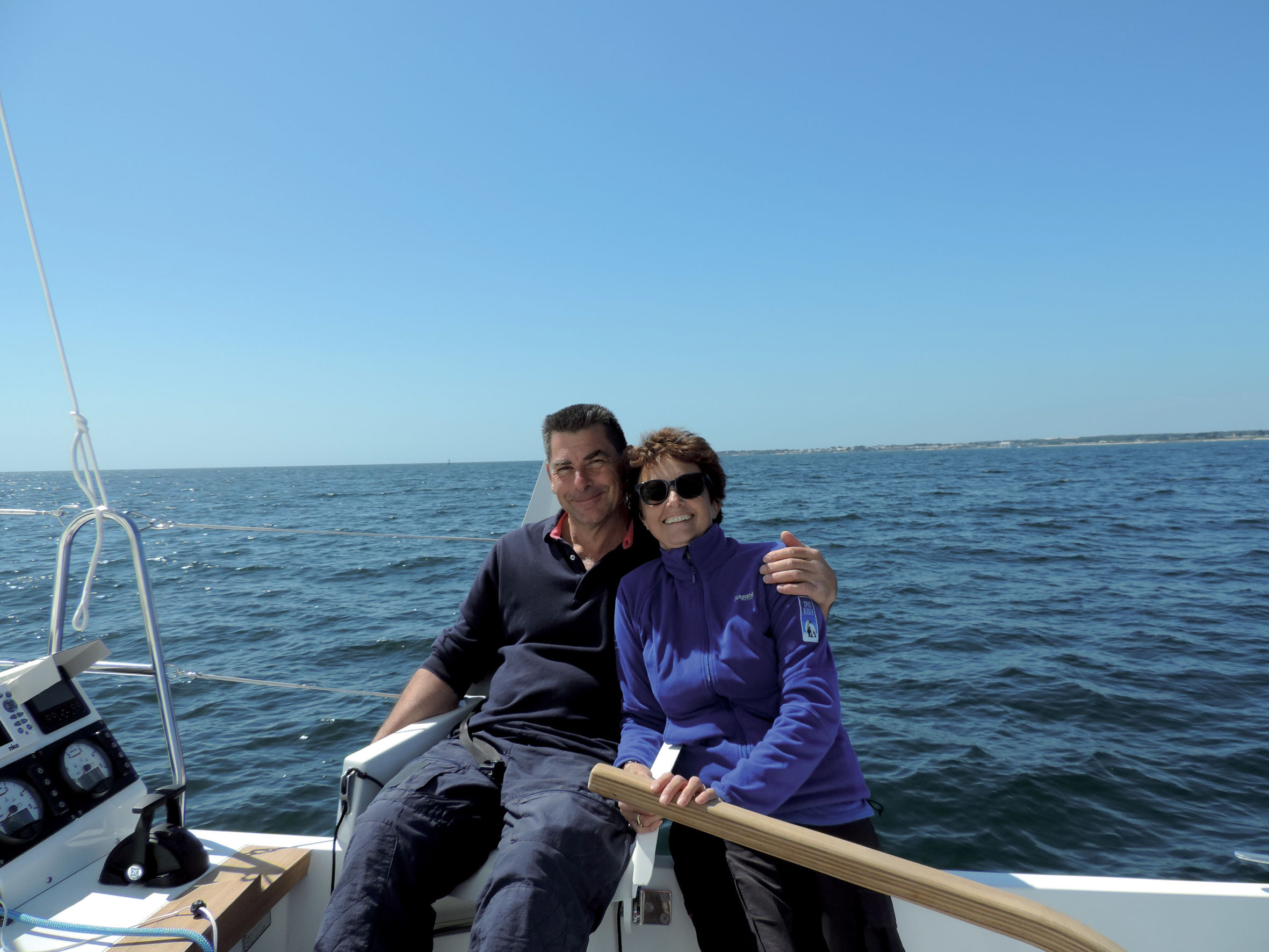
Issue #: 156
Published: November / December 2017
- Price per issue - digital : 6.00€Digital magazine
- Price per issue - print : 8.50€Print magazine
- Access to Multihulls World digital archives Digital archives

By Willy David
Having always been a sailing enthusiast, Willy had to abandon monohulls in 1987, following an accident, and choose catamarans. For around twenty years, he sailed in the Mediterranean, discovering Spain, Italy, Malta, Greece, Croatia, Turkey…he crossed the Atlantic for the first time in a trimaran in 1995, followed by two Atlantic circuits, in 1999-2000 and 2014.
In 2016-2017, I crossed the Atlantic again in my fourth catamaran, a TS42 (the previous ones were a Corneel 26, a Louisiane and an Outremer 40-43). I prepared the TS for a round the world trip, and with this in mind, I tried to make the best choices, so as to have as few problems as possible. When it was a question of choosing the engine transmission – saildrive or traditional propshaft – I didn't hesitate. My point of view is based on observation and experience. Why make something simple and robust when we can make something complicated and fragile – this is what the engine manufacturers seem to have invented with the saildrive! Today the builders fit saildrives in the majority of cases - fitting is simple and they don’t have the responsibility for the system – but they don’t care about the purchasers to whom they transfer the costs of maintenance and purchase of expensive spare parts after the two short years of the guarantee, not to mention their availability over time. The saildrive’s internal complexity makes it fragile, it contains several angle transmissions, watertightness is ensured by a membrane, and it is exposed to electrolytic corrosion due to the presence of different metals (body in cast aluminum, bronze gear wheels, stainless transmissions…). I once asked a naval architect for his personal choice on this point; he replied without hesitation that he would opt for the propshaft, for its ease of repair and maintenance. I emphasize the fact that for cruising boats, a saildrive breakdown more often than not requires the boat to be taken out of the water! If you manage to find a means of lifting the boat and a specialist (not always easy, and rarely economical!), the engine has to be dismantled, diagnosed, the parts to be replaced have to be ordered and received, then you will have to call on the specialist again to carefully reassemble all that! This misadventure happened to me with my previous catamaran: before departure, I had both saildrives serviced, but when I arrived in the Canaries, the starboard one had broken! I had to take the boat out of the water and wait 3 weeks for spare parts, then pay a steep bill (parts, labor, parking in the technical area, lifting). Through the height of bad luck, the second saildrive let us down in the Bahamas, and there taking the boat out of the water was much more complicated, as the hurricane season was approaching! I therefore returned to France with just one functioning engine swearing that I would never again fit saildrives. I haven’t therefore renewed this error on my new ...
What readers think
Post a comment
No comments to show.